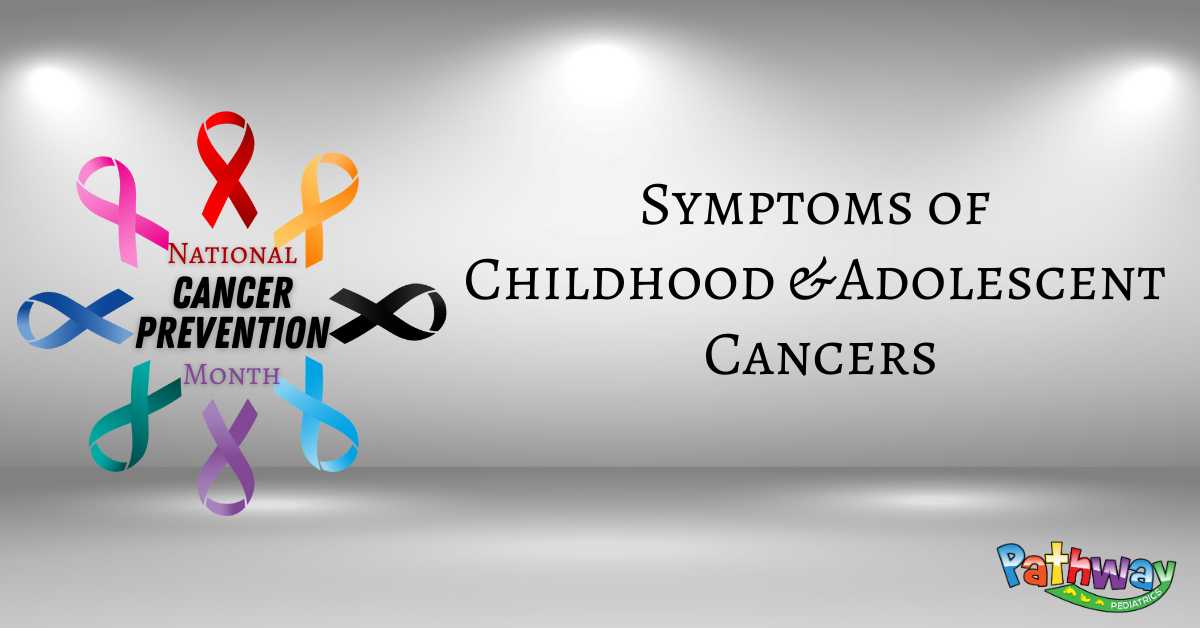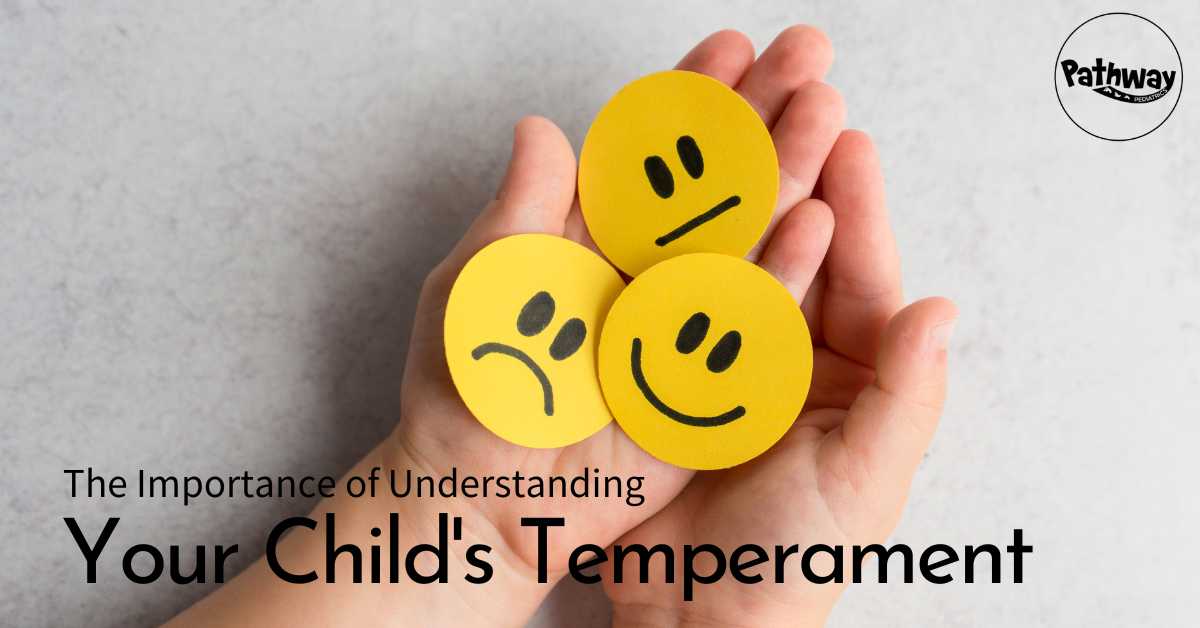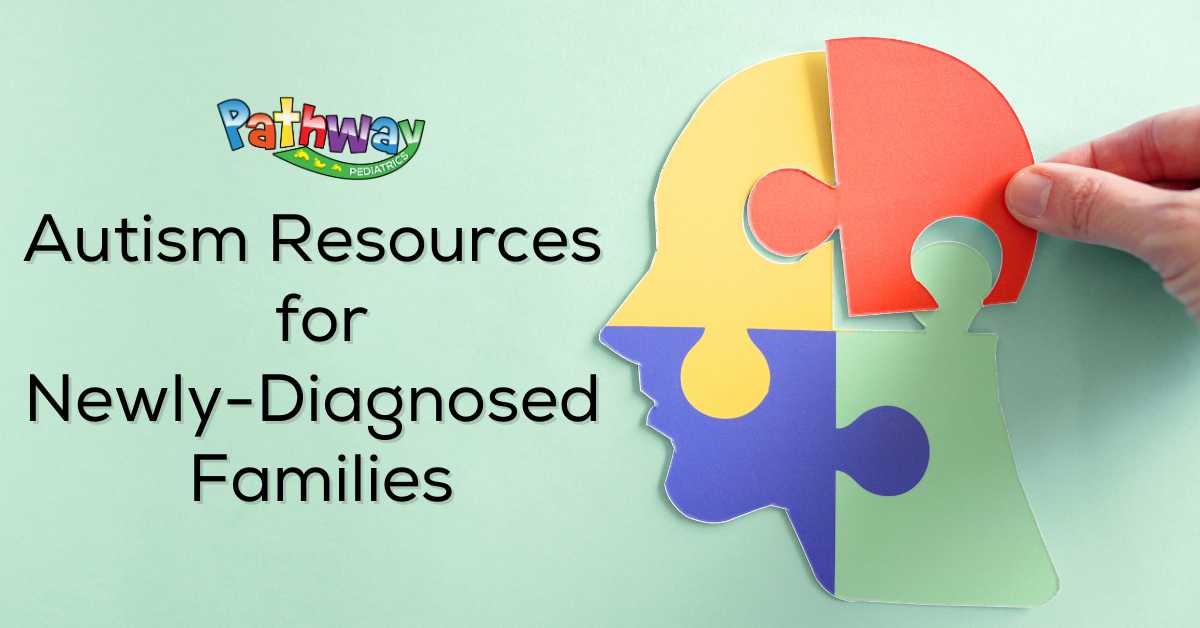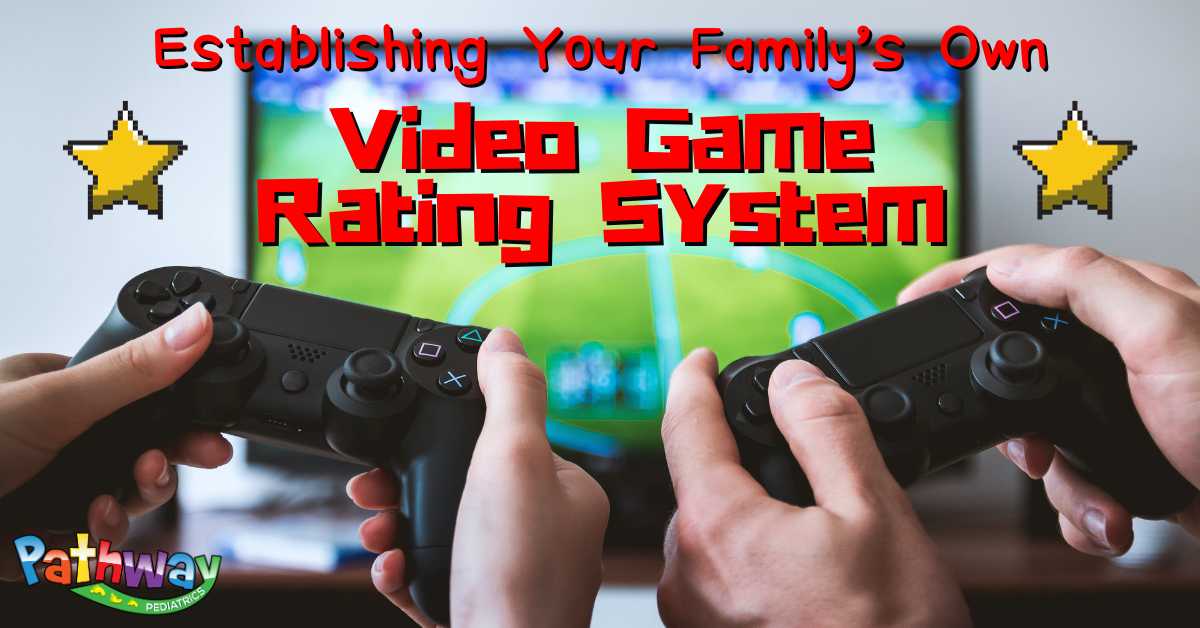
Symptoms of Childhood & Adolescent Cancers
February is National Cancer Prevention Month and February 4th was World Cancer Day. Cancer is a scary diagnosis and a word that no parent ever wants to hear. Thankfully, there are things you can do to protect your child from a life-changing or life-threatening diagnosis. Childhood and adolescent cancers are rare, and early symptoms may seem like everyday bumps, […]
February 28, 2024
read more
How Old Should Your Child Be Before You Adopt a Pet?
Each year, millions of families welcome a furry friend into their homes. Having a cat or dog can be emotionally rewarding for children and adults. Owning a dog also can get the family out of the house for fresh air and exercise on daily walks. The age of your children is one factor to consider […]
January 31, 2024
read more
The Importance of Understanding Your Child’s Temperament
Some children are “easy”. They are predictable, calm, and approach most new experiences in a positive way. Other children have more challenging traits. They often have a harder time managing and expressing their emotions. Of course, no child is one way all the time. But, in general, each has their own usual type. Read on […]
January 24, 2024
read more
Autism Resources for Newly Diagnosed Families
An autism diagnosis can cause a mix of emotions for a family. On one hand, you may finally have the answers you’ve been searching for to get your child the help they need. On the other, you now have the task of learning everything you can to best help your child live their life to […]
January 4, 2024
read more
8 Parenting Goals to Start the New Year Strong
Helping to make your family safer, stronger, and more harmonious in this new year may not require a complete overhaul, but rather a few strategic tweaks. Here are some concrete and tangible parenting goals you can set for the year ahead. (Kids can have fun setting goals, too! See Healthy New Year’s Resolutions for Children […]
January 3, 2024
read more
Establishing Your Family’s Own Video Game Rating System
Christmas has come and gone and with it, many children have brand new video games waiting to be played! Video gaming is a multibillion-dollar industry. It brings in more money than movies and music combined. This isn’t a huge surprise considering all the ways games can be played—on computers, game consoles, handheld devices, smart phones […]
December 27, 2023
read more